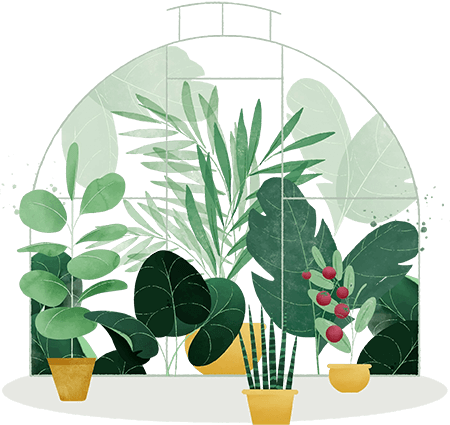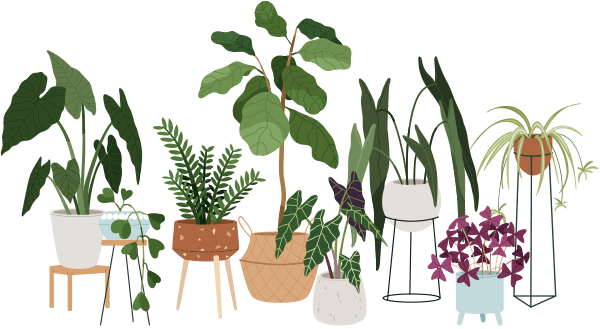So, you’ve just bought your first plant (or maybe your twelfth—we all have to start somewhere). The excitement is real! Yet, if you’re wondering why those leaves look a little less perky every day, the answer often circles back to one crucial question: are you giving your plant the light required for plant growth?
Light isn’t just a nice-to-have for greenery; it’s the quiet magician behind every burst of new leaf and every fresh shoot. Whether you live in a sun-soaked loft or a cozy apartment, you can learn to give your plants exactly the light required for plant growth, without stress or expensive equipment.
Let’s break it down together—with kindness, clarity, and practical tips for every space and experience level.
Why Is Light Required for Plant Growth?
At its simplest, plants use light for a process called photosynthesis—a big word that means turning sunlight into food. Without enough light, a plant can’t eat, grow, or stay strong. In fact, “leggy” stems, pale leaves, or no new growth usually mean that your plant isn’t getting the light required for plant growth.
The great news? Most household plants will forgive a bit of trial and error. If you’ve made mistakes before, that’s perfectly normal. Every plant parent does—and you’re learning now!
What Light Do Plants Really Need? (With Indoor-Friendly Tips!)
Not all plants want the same sunlight. Some bask in afternoon rays, others thrive in gentle shade. Understanding the basic types helps you match your space to the light required for plant growth—without getting overwhelmed.
Here’s a quick guide to common light needs:
Bright, Indirect Light Plants
*Thrives near a sunny window but not in direct sun rays.*
- Monsteras (Swiss cheese plants)
- Pothos
- Peace lilies
Best setup: Place them a few feet back from east or south windows, or use sheer curtains.
Low Light Plants
*Survive further away from sunlight—great for rooms with small windows.*
- Snake plants
- ZZ plants
- Philodendrons
Best setup: These can handle corners or north-facing rooms, but still need some natural light.
Direct Sunlight Lovers
*Require sunbeams part of the day (like certain succulents or cacti).*
Best setup: Place right on sunny sills, especially south or west windows.
How Much Light is Enough? 5 Signs to Watch For
Sometimes, figuring out the light required for plant growth feels mysterious. But your plant communicates—if you know what to look for.
Signs your plant needs more light:
1. Stretched-out stems (“leggy” growth)
2. Smaller, paler leaves than usual
3. Little to no new growth
4. Soil stays wet much longer than expected
5. Leaves drop or change color without other stress factors
If your plant shows any of these, try moving it closer to a window or using a grow light.
Can Artificial Lights Help? (Especially in Apartments)
Yes! Modern grow lights are game-changers and most are affordable and easy to use. If your space lacks natural sunlight, don’t panic—you can still provide the essential light required for plant growth.
Simple tips for using grow lights:
- Place the light about 6–12 inches above your plant
- Use a timer for 10–14 hours per day, mimicking daylight
- Choose LEDs labeled “full spectrum” for best results
Myth Buster: Do All Plants Need Direct Sunlight?
Not true!
Many popular houseplants actually prefer indirect light and may get sunburned in full sun. Often, plants grown for indoor life (like those snake plants or pothos you see everywhere) are happiest with filtered light—making them perfect for apartment living.
Light Required for Plant Growth: Key Takeaways
Learning about the light required for plant growth is the single most important skill for happy, healthy plants. Remember, every apartment can nourish plants with a little creativity—be it a sunlit corner or a simple grow light. It’s fine if you didn’t get it right the first time. With these simple steps and gentle observation, your plants will thrive, and so will your care skills.
Happy growing—you’ve got this!


